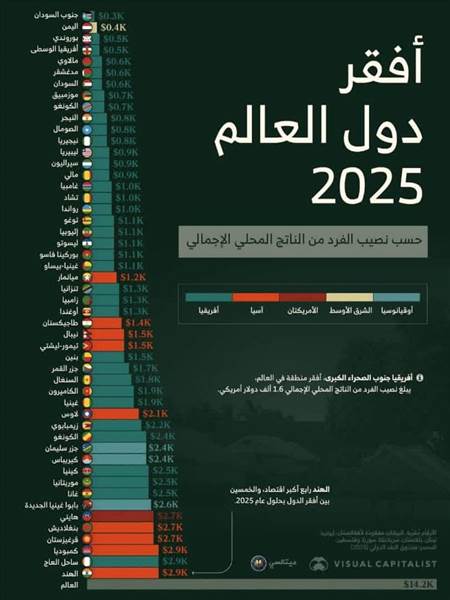ACLED Report: U.S.-Houthi Ceasefire Is Illusory, Red Sea Escalation Still Looms
Despite public statements from both Washington and the Houthis about a ceasefire agreement, a new international report reveals that the Red Sea conflict remains volatile and prone to renewed escalation.
According to a study published by the Armed Conflict Location & Event Data Project (ACLED) and reported by Asharq Al-Awsat, the public narratives by both parties hide deeper contradictions and covert agendas. The report stresses that American airstrikes have failed to neutralize the Houthis’ missile and drone capabilities.
Following President Donald Trump’s May declaration of “Houthi surrender,” Oman issued a statement confirming that both sides agreed not to target each other, including American ships in the Red Sea. However, the Houthis later issued a defiant statement vowing to continue attacks on Israel, calling the U.S. agreement a mere “side note.”
ACLED data shows that since October 19, 2023, the Houthis have launched over 520 attacks, targeting at least 176 commercial vessels, alongside 155 strikes on Israeli territory.
In response, the U.S. initiated Operation Prosperity Guardian and launched 774 airstrikes between January and May 2025, resulting in at least 550 casualties, according to estimates.
The report emphasizes that the Houthis' impact is not solely based on their firepower but on their ability to maintain a "perpetual sense of danger", destabilizing international shipping routes through targeted yet impactful strikes.
Ultimately, the study concludes that the Red Sea conflict is far from resolved, and official narratives of calm conceal an ongoing and complex power struggle with regional and global implications.
"What is happening in Yemen? What caused the war? And who ignited it?










Comments